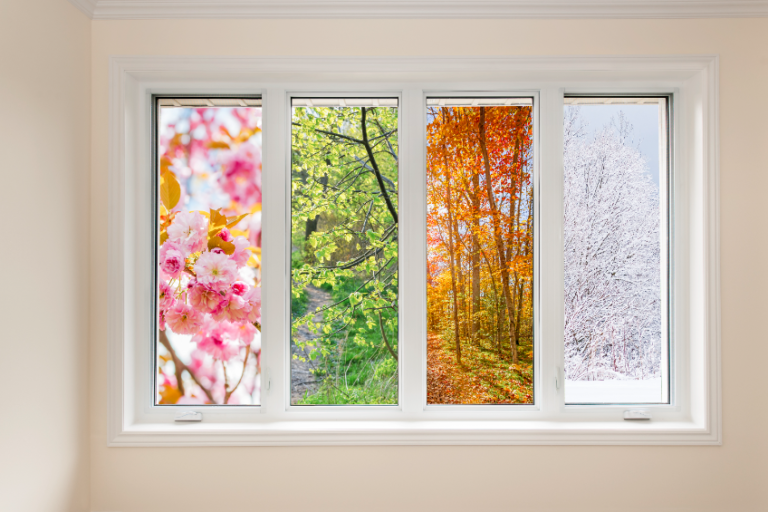Planning what to plant each season can be fun as you dream of all the delicious things your kitchen garden will bring you, but you should know your hardiness before you start buying plants. Your Zone The USDA has divided America into hardiness zones. A hardiness zone is a geographical area that determines which…
